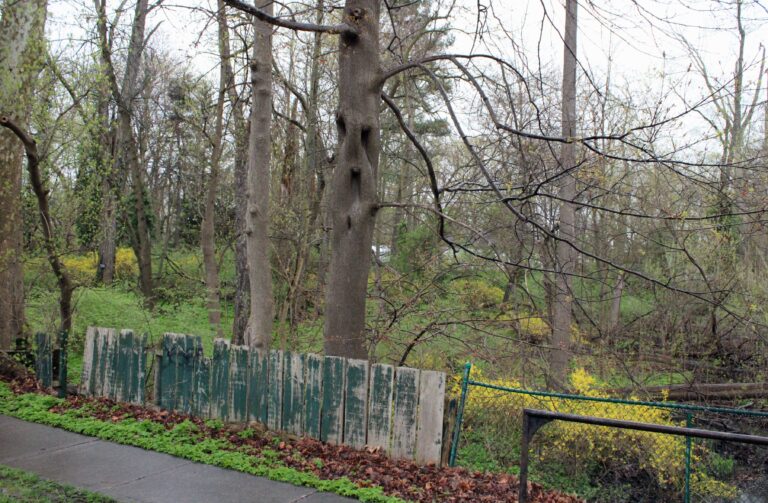What is this Spanish Influenza of 1918-19 and what can we learn from it today?
Sarah Kaufman
Special to The Lake Report
Among the COVID-19 global crisis discussions, there have been many comments and comparisons with the outbreak of the Spanish Flu of 1918-19. So, what is this Spanish Flu they are talking about?
Well, influenza, more commonly known as “the flu,” is not an unknown illness. Thousands are hit with a strain of it every year, though the flu vaccine can be helpful in avoiding it altogether, and sadly there are some who do die from it.
Unfortunately, the 1918 strain had a high mortality rate, with historians quoting between 20 million and 40 million of the world’s population dying from it. A unique aspect of the 1918 flu was that healthy individuals, those who would normally be untouched by the illness, were among the victims; not just the very young or the elderly.
Symptoms ranged from mild to acute. It often started suddenly, with shivering, fever, flushed face, severe headache, coughing, body pains, feelings of weakness, drowsiness and, sometimes, a sensitivity to bright light.
In serious cases, pneumonia, pleurisy (when the membrane around the lungs becomes inflamed, which can cause sharp chest pain) or cyanosis (a bluish discolouration of the skin due to low oxygen levels in the blood) occurred. The Spanish Flu was highly contagious, and the onset was fast.
Victims could remain in bed for a few days or up to a month. It also reduced one’s resistance to other diseases mentioned above, which often led to death. Pneumonia was the most frequent after-effect of the Spanish Flu.
There was a lot of difficulty in preventing the spread of the Spanish flu. For one, the sudden onset made it difficult to determine who was exposed and when. The incubation period was between two and seven days.
Also, the diversity of symptoms and the degree of illness, especially when mild, could be diagnosed as a common cold. The Spanish Flu could then be passed on to unsuspecting people. Doctors, in 1918, were also not required to report on the influenza cases or put people under quarantine. Several officials in the health department were hit with the Spanish Flu, which reduced the number of people available for monitoring the doctors or the virus.
What made it worse was that there was no vaccine or drug invented at the time it was discovered, nothing to alleviate symptoms or prevent its spread. By the end of October 1918, it was reported that Niagara Camp here in Niagara-on-the-Lake, would be receiving a vaccine that could be issued to anyone who had not been hit with the illness.
Whether the vaccine actually arrived in NOTL is unknown. The main focus of the medical staff was primarily preventing its spread and caring for the sick; hoping to alleviate symptoms naturally with fresh air, nutrients and comfort.
Many researchers believed that the 1918 virus likely originated in birds. How it transferred to humans is unknown. The question I’m sure you are all curious about is why it was called the Spanish Influenza. No, it did not originate in Spain. However, historians agree that its arrival in North America certainly coincided with the return of soldiers from Europe following the First World War.
It was likely called the Spanish Flu for a few reasons. One was that Spain was neutral during the First World War and, having no press censorship, the epidemic in the spring of 1918 was widely publicized. International press outside of Spain would then refer to the influenza as being that of the Spanish kind.
It is also possible that the name was brought about by the Allies because of Spain’s neutrality. Some saw neutral nations as being almost as bad as an enemy during the war and this stigma could be seen as some sort of punishment.
Anyone who has studied the Spanish Influenza knows there are many similarities to what the world is experiencing today with COVID-19. In fact, just the details above should demonstrate the similarities.
If there’s one thing that is important about the study of history, it is that you can learn from it, especially when you see it starting to repeat in some manner. One thing is for sure, it is time to heed the advice of medical professionals now in order to prevent what could be another catastrophic global event.
Stay home, stay safe and stay healthy.
Sarah Kaufman is managing director/curator of the Niagara-on-the-Lake Museum.










